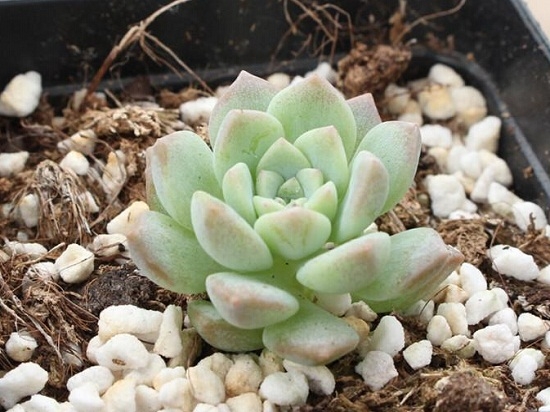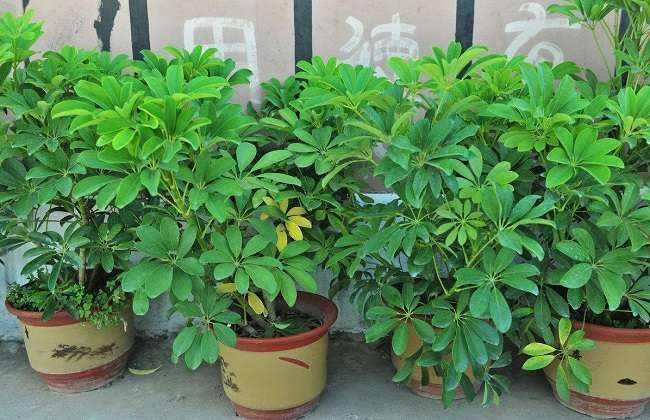Planting technique of Tetranychus chinensis
Fangji is a common traditional Chinese medicine, which is often used to treat rheumatism, edema, beriberi, adverse urination, eczema and other symptoms, which is more common in the south. We all like the wild Fangji, but the wild is drying up, and the growth of the wild is far less than everyone's collection speed, but the market demand is rising day by day, so the situation of artificial planting slowly emerges. So how should Fenfangji plant?

1. Land consolidation
Fenfangji is suitable for slightly sour soil, generally close to the mountains and forests of the land will be more suitable, such a place is more in line with the natural environment of its growth. Secondly, fertile soil is the guarantee of rapid growth, so the initial base fertilizer should be more, with more than 200 grams of base fertilizer per seed, mainly farm manure. In the early stage, the seeds of Fangji are relatively fragile, so the land must be fully turned over to reduce the harm of germs in the later stage. After 3-5 days of turning the soil and drying the soil, the land is divided into fast shape, with an irrigation channel of about 10-20 cm in the middle and a width of about 1-1.5 m.
2. Methods of reproduction
Tetrandrine can be propagated with seeds or by cuttings. seed propagation has a high demand for temperature control, and seedlings can generally be raised in spring, which is similar to most seed placement methods, which is put into the seedling cattail and covered with straw to wait for its germination and re-transplant. Cutting propagation needs to select high-quality branches for about 2 years to cuttage, so the survival rate is the highest. The time began around the beginning of April, and the branches were buried about 1/3, with a spacing of more than 10 centimeters. If the temperature is low, it is suggested that rice straw should also be used for heat preservation to improve the survival rate.
3. Field management
In the initial stage, it is mainly necessary to shade the seedlings, because the seedlings like shade, so the seedlings grow quickly. Weeding mainly begins after 2-3 months of seedling planting, because the nutrients absorbed by Tetrandrine in this period can not be compared with weeds, so weeding is done every 1-2 months or so, which can be adjusted according to the situation. In the early stage, Fenfangji likes a little wetter soil, but in the later stage, as long as it ensures that the growth environment is relatively wet, it can not form water accumulation. Generally, topdressing is needed once at flowering stage, about 2.5t farm manure and 20-30kg superphosphate are needed per mu, and other fertilizers are properly supplemented according to growth. Seedling height of 30 centimeters is the need to build a bracket to give it a place to climb, so that it can grow faster.
4. Disease prevention
The common diseases are leaf spot, root rot, aphids and so on, which need targeted treatment. Hot and humid summer leaf spot disease is relatively easy to occur, the most popular performance is the leaves yellowing or discoloration, which can be treated with Bordeaux liquid spray. Root rot disease is caused by too much water as described above, first drain the water clean, and then consider 0.5% copper sulfate 800mm 1000 times liquid spray for treatment. I believe that aphids are basically known to all, and they can be treated with dimethoate emulsion after discovery. In the early stage, it is best to check the plant growth regularly to see if there are any abnormalities, so as to reduce the loss of the disease.
The above is the planting technology of Radix Scutellariae, the planting of medicinal materials generally takes a long time, which tests everyone's patience. There may be a lot of situations when planting powder to prevent yourself. You can refer to the above information to make more preparations for yourself.
- Prev

Water control in summer can effectively reduce the metabolic rate of succulent plants and prevent black rot.
The hot summer is coming again! Summer is one of the most difficult seasons for meat and meat, and it is also the biggest headache for flower friends. Water control of succulent plants has always been a hot topic in the mouth of Hua you, especially in summer.
- Next

What if the leaves of goose palm wood turn yellow and fall? The reason why the leaves of goose palm wood yellowed and fell.
What if the leaves of goose palm wood turn yellow and fall? The reason why the leaves of goose palm wood yellowed and fell.
Related
- Fuxing push coffee new agricultural production and marketing class: lack of small-scale processing plants
- Jujube rice field leisure farm deep ploughing Yilan for five years to create a space for organic food and play
- Nongyu Farm-A trial of organic papaya for brave women with advanced technology
- Four points for attention in the prevention and control of diseases and insect pests of edible fungi
- How to add nutrient solution to Edible Fungi
- Is there any good way to control edible fungus mites?
- Open Inoculation Technology of Edible Fungi
- Is there any clever way to use fertilizer for edible fungus in winter?
- What agents are used to kill the pathogens of edible fungi in the mushroom shed?
- Rapid drying of Edible Fungi

